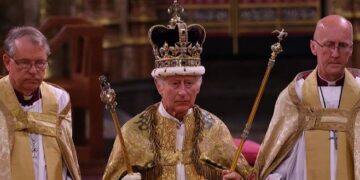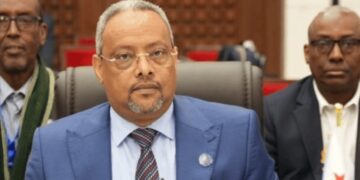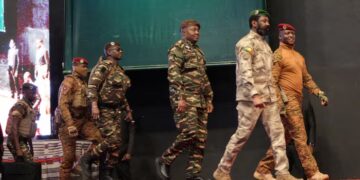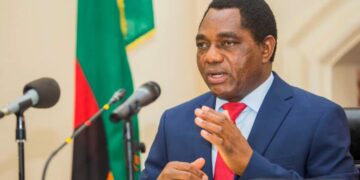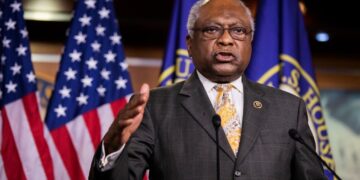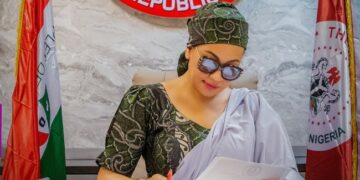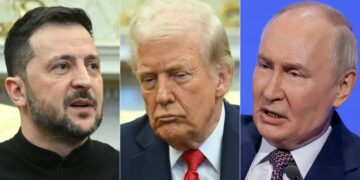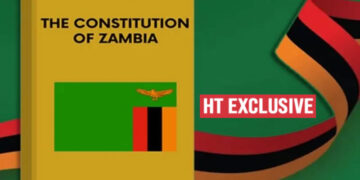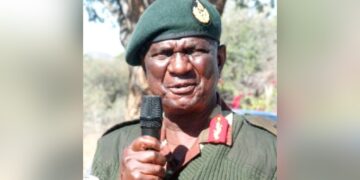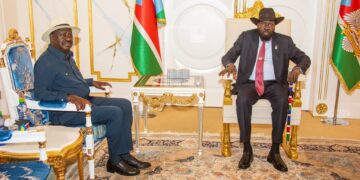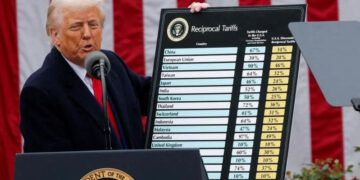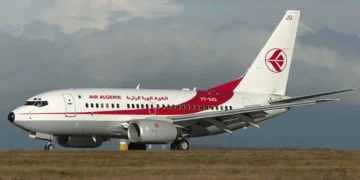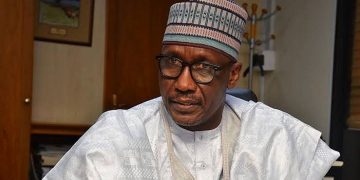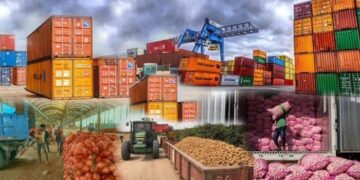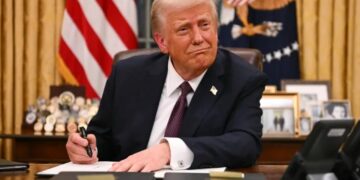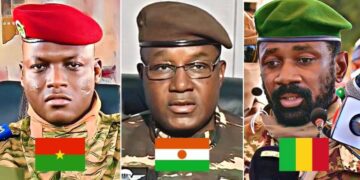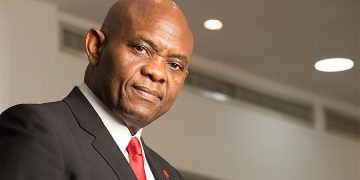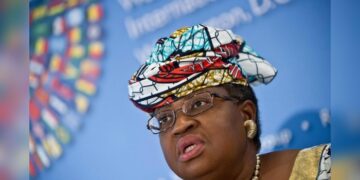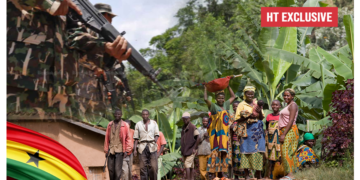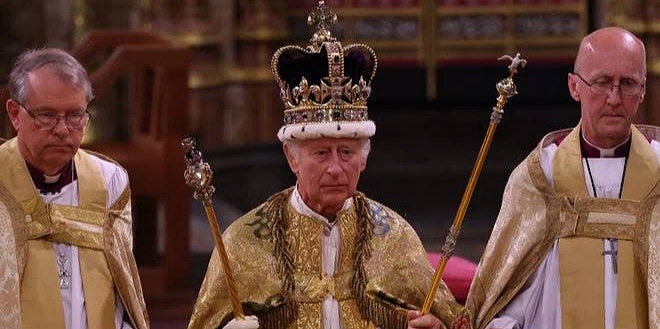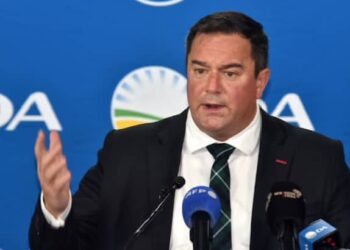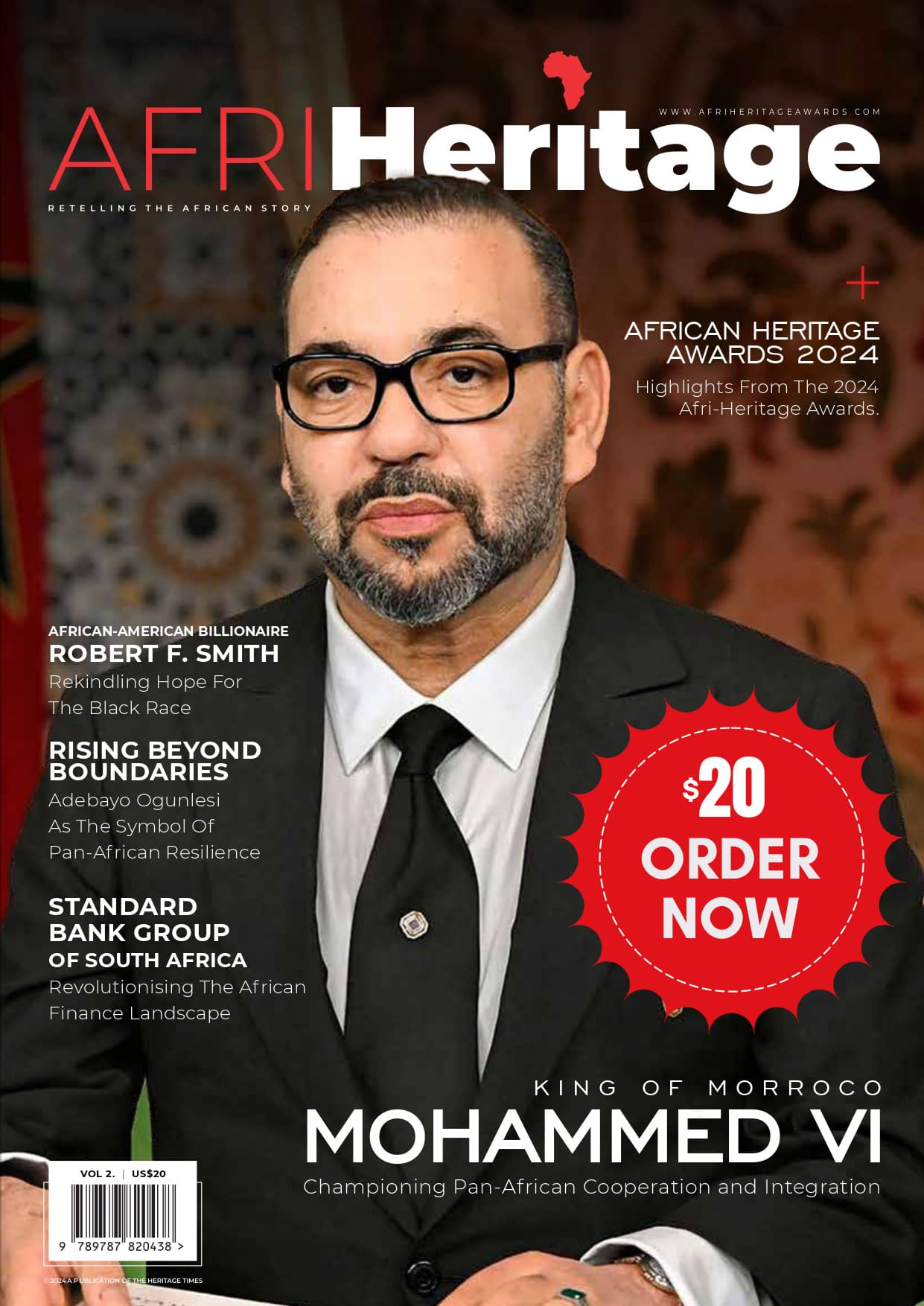By John Ikani
King Charles III has been crowned at Westminster Abbey, London in a ceremony steeped in history and tradition.
The coronation, attended by global leaders and foreign royalty, took place at the same location where coronations have been held since William the Conqueror’s coronation in 1066.
Approximately 2,000 guests witnessed the service, which was presided over by Justin Welby, the Archbishop of Canterbury.
As well as being monarch of the UK and 14 Commonwealth realms, Charles III is also the supreme governor of the Church of England.
The monarch began the service by taking an oath, stating, “I, Charles, do solemnly and sincerely in the presence of God profess, testify, and declare that I am a faithful Protestant,” an oath which is a reminder of Britain’s turbulent religious past.
UK Prime Minister Rishi Sunak gave a bible reading from the Epistle to the Colossians, and the congregation intoned, “God Save King Charles.”
The ceremony also involved leaders of various faiths in Britain, reflecting the nation’s changing demographics since Queen Elizabeth’s coronation.
Notable among them is Sunak, a Hindu while Sadiq Khan, the mayor of London, and Humza Yousaf, Scotland’s first minister, are Muslims.
At precisely 12.02 pm, as the crowds cheered on, King Charles was crowned to the acclamation of “God save the King.”
Following that, at 12.15 pm, Queen Camilla was crowned, signifying the start of a new era in the history of the monarchy.
Prior to the coronation, the archbishop anointed King Charles with holy oil from the Mount of Olives in Jerusalem, away from public view.
The ceremony was heavily secured, and one person from the campaign group Republic was arrested in Trafalgar Square, along with five other demonstrators who were unloading placards near the coronation route.
Despite the security presence, street parties were planned across the country, as Britain had been given a Bank Holiday weekend to mark the event.
To commemorate the historic event, some 7,000 military personnel gathered in London for a parade.
The parade which is the largest by the armed forces in 70 years, involved a fly-past by 60 aircraft in London.
Rain fell throughout much of the procession and ceremony, similar to the weather conditions that accompanied Queen Elizabeth II’s coronation.
The royal family greeted crowds from the balcony of Buckingham Palace at around 2 pm.
Sunak called the coronation a “moment of extraordinary national pride,” adding that it was “a vivid demonstration of the modern character of our country and a cherished ritual through which a new era is born.”
On Friday, King Charles hosted a reception at Buckingham Palace for foreign royals and other guests, including US first lady Jill Biden and Olena Zelenska, the Ukrainian first lady.
